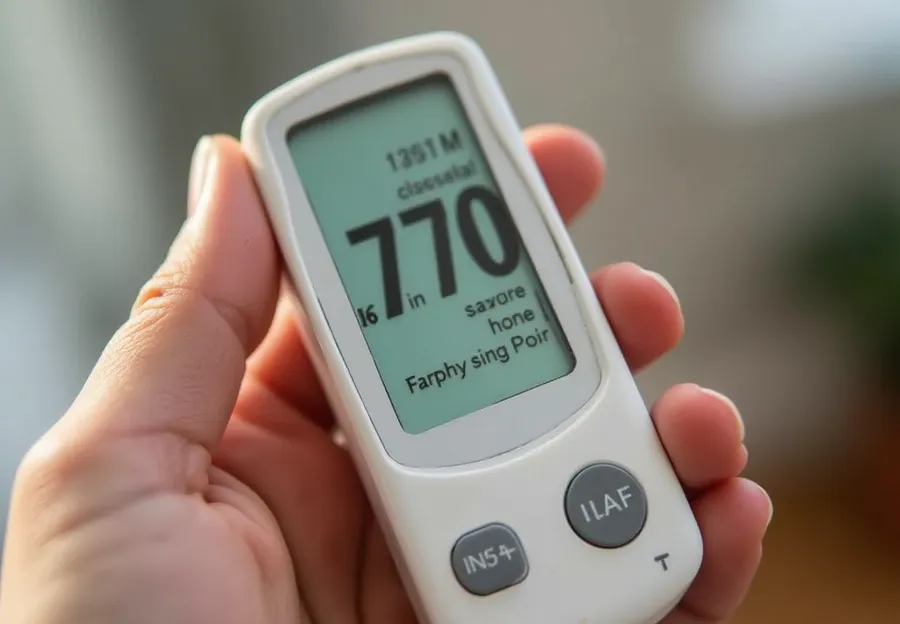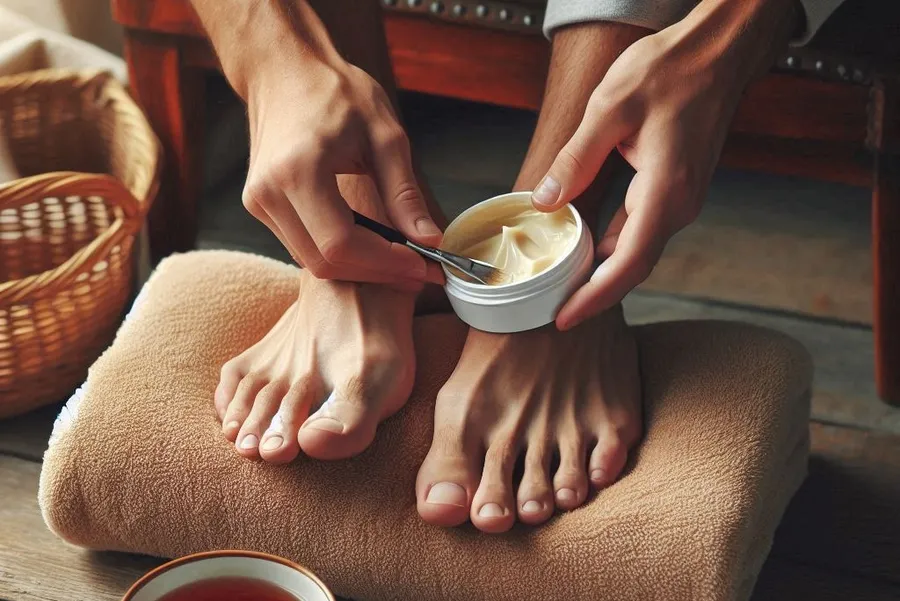Some people often get dead skin cells on their face in the fall or winter. Dead skin cells are dead cells that accumulate on the surface of the skin, and this can cause the skin to become rough and cause skin problems.
Although dead skin cells are not a big problem, if they are excessive or noticeable, they can be bad for your skin and cause stress. That’s why many people are concerned about removing dead skin cells. This time, we will learn about the causes of dead skin cells and effective methods of removing them.
Table of Contents
Causes of facial flaking

Facial dead skin cells should naturally fall off as new cells are regularly replaced, but this process does not occur smoothly, resulting in dead skin cells accumulating.
There are many causes of dead skin cells, and dead skin cells can accumulate due to external environmental factors such as high temperature, low temperature, dry air, and ultraviolet rays. In particular, in winter, the skin becomes dry due to heating, so dead skin cells can occur frequently.
Poor skin care habits can cause flaky skin on your face.Washing your face too frequently or using strong cleansers can disrupt your skin’s natural oil-moisture balance, causing dead skin cells to build up.
So, let’s take a closer look at why dead skin cells form on the face.
- Dry skin: When your skin becomes dehydrated, it can cause more dead skin cells to form. Especially in winter or in dry environments such as indoor heating or heaters, the humidity level drops, making your skin even drier, which can cause dead skin cells to form.
- Damaged Skin Barrier: Frequent washing or use of harsh cleansing products can damage the skin’s protective barrier, preventing it from retaining moisture and resulting in excessive flaking.
- Skin conditions: Skin conditions such as psoriasis or atopic dermatitis can cause the skin to become excessively dry and scaly.
- UV exposure: Excessive UV exposure can damage skin cells, causing them to shed quickly, forming dead skin cells.
- Aging: As we age, our skin’s renewal cycle slows down, which can cause old cells to remain on the surface of the skin, causing dead skin cells to build up.
- Skin irritation: Flaking occurs when the oil and moisture balance of the skin is imbalanced or when certain areas become dry. Therefore, it is important to avoid areas that may be irritated, such as the forehead, nose, cheeks, and chin, and to provide sufficient moisture.
Manage to prevent calluses

The way to keep your skin from getting flaky is to always keep it moisturized. Rather than just removing the flaky skin, strengthening the skin barrier and providing sufficient moisture are effective in preventing facial flaky skin.
1. Proper washing
It is recommended to wash your face with lukewarm water, as hot water can dry out your skin. Using a mild, pH-balanced cleanser will help maintain your skin’s natural oil-water balance.
Washing your face too often is not good.Twice a day is adequate, and frequent washing can strip the skin of its moisture and cause dead skin cells to form.
2. Maintain moisture
The most effective way to prevent flaking is to keep your skin hydrated. It is especially important to apply moisturizer immediately after washing your face, as your skin tends to become dry.
It is recommended to use a moisturizer containing ingredients such as hyaluronic acid, ceramide, and glycerin . Moisturizers containing these ingredients effectively help retain moisture in the skin and strengthen the skin barrier.
3. Periodic exfoliation
To prevent dead skin cells, it is recommended to exfoliate once or twice a week. It is important to gently exfoliate rather than apply excessive pressure, and after exfoliation, it is necessary to wash your face thoroughly to completely wash away any remaining dead skin cells.
4. Use UV blocker
One of the most important things you can do when taking care of your skin is to use sunscreen . UV rays can strip your skin of its moisture and cause damage, which can lead to flaking.
Therefore, always applying sunscreen when going out helps prevent dead skin cells and skin aging.
5. Minimal skin irritation
It is best to avoid towels or clothing that strongly irritate the skin. These irritants can damage the skin and cause flaking. Also, when choosing cosmetics or cleansing products, it is important to use products that are less irritating.
6. Protect the skin barrier
The most effective way to prevent flaking is to prevent damage to the skin barrier. To do this, it is important to use products containing ingredients such as ceramides and squalene to keep the skin barrier healthy.
How to remove dead skin cells

There are physical methods for exfoliation, such as scrubs or exfoliating pads. It is important to gently rub and remove dead skin cells without applying strong pressure.
Here’s how to use a product that contains exfoliating ingredients:AHA (alpha hydroxy acid) helps dissolve and remove dead skin cells on the skin surface, and BHA (beta hydroxy acid) effectively removes sebum and dead skin cells in pores.do.
You can make a natural pack to exfoliate without using products. Using honey, yogurt, oatmeal, etc., apply it to your face once a week and wash it off to effectively exfoliate.
After exfoliating, it is important to apply a generous amount of moisturizing cream to soothe the skin. Depending on your skin type, once or twice a week is sufficient, but exfoliating too often can damage your skin.
Dead skin cells can be prevented through sufficient hydration and periodic removal. Since dead skin cells on the face are particularly noticeable, please refer to the methods introduced above to manage them.
▶ The Complete Guide to Banana Health Benefits – What You Need to Know
▶ Reasons for measuring fasting blood sugar and lifestyle habits to lower it
▶ Aloe Benefits Theorem: Why It’s Excellent for Skin Care and Immunity Improvement





